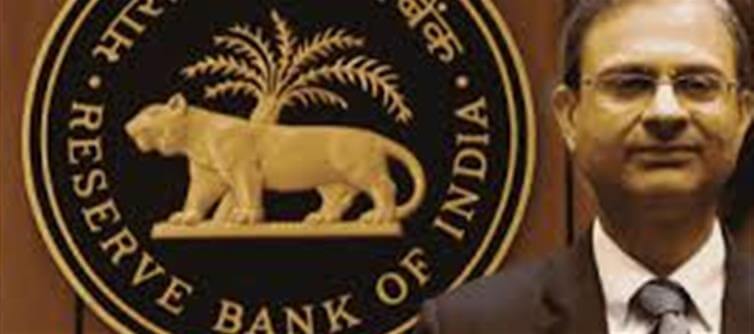
On Wednesday, Sanjay Malhotra, governor of the bank OF INDIA' target='_blank' title='reserve bank of india-Latest Updates, Photos, Videos are a click away, CLICK NOW'>reserve bank of india (RBI), announced that the Monetary Policy Committee (MPC) has decided to keep the repo rate unchanged. This decision marks a significant moment for the indian economy as the central bank opts for continuity amid ongoing economic pressures. Here’s a detailed breakdown of the decision and its implications:
1. The Key Decision: Repo Rate Unchanged
The repo rate, which is the rate at which the RBI lends short-term money to commercial banks, has been left unchanged. This is a critical decision because the repo rate influences the cost of borrowing and the general interest rate environment in the country. By maintaining the rate, the RBI aims to balance economic growth and inflation.
2. What is the Current Repo Rate?
The current repo rate remains at 6.50%, a level it has held for several months. This rate was last adjusted as part of the RBI’s efforts to tackle inflation, which has been a central concern for policymakers.
3. Why Keep the Repo Rate Unchanged?
Governor Malhotra emphasized that the decision was made unanimously by the MPC, citing a combination of factors:
· Inflationary Pressures: Although inflation has moderated in recent months, it remains a key consideration. Keeping the repo rate steady helps in managing inflation without stifling economic growth.
· Economic Growth: The RBI is keen on supporting growth, especially with the challenges posed by global economic uncertainties and domestic supply chain disruptions.
· Global Factors: The RBI is also watching global economic conditions closely, especially movements in oil prices and supply chain issues, which could influence inflation and growth.
4. What Does This Mean for Borrowers and Lenders?
· For Borrowers: With the repo rate unchanged, borrowers may not see significant changes in their loan EMIs (equated monthly installments) for now. However, any future changes in the repo rate will directly impact loan costs.
· For Lenders: Banks and financial institutions are likely to maintain current lending rates, which have been relatively stable. The RBI’s cautious stance indicates a wait-and-watch approach to further tightening or easing of rates.
5. The Bigger Picture: RBI’s Focus on Stability
The RBI’s decision signals its focus on maintaining economic stability. While many global central banks have raised interest rates to tackle inflation, the RBI seems to be focusing on balancing inflation control with growth stimulation, especially in light of global uncertainties and domestic demand pressures.
6. What’s Next for the indian Economy?
The MPC’s decision to maintain the repo rate reflects confidence in India’s economic resilience. However, challenges remain, including:
· Inflation: Food and fuel price volatility continues to pose risks.
· Growth: India’s economy needs to keep growing at a sustainable pace, especially as the global economic environment remains uncertain.
· Monetary Policy Adjustments: Future rate hikes or cuts will depend on how inflation trends and economic conditions evolve.
7. What Are Economists Saying?
Economists have largely welcomed the decision to keep the rates unchanged, stating that it provides much-needed stability to the market. However, some experts believe that the RBI will need to take further steps in the future to ensure that inflation is kept under control while supporting growth.
8. How Often Does the MPC Meet?
The MPC meets every two months to review the economic situation and decide on the monetary policy stance. This gives the RBI flexibility to respond to changing economic conditions.
The RBI’s decision to keep the repo rate unchanged offers a sense of continuity as the central bank navigates inflationary pressures while aiming for sustainable economic growth. For now, borrowers can expect relatively stable interest rates, but the future will depend on how the indian and global economies evolve in the coming months.
Disclaimer:
The views and opinions expressed in this article are those of the author and do not necessarily reflect the official policy or position of any agency, organization, employer, or company. All information provided is for general informational purposes only. While every effort has been made to ensure accuracy, we make no representations or warranties of any kind, express or implied, about the completeness, reliability, or suitability of the information contained herein. Readers are advised to verify facts and seek professional advice where necessary. Any reliance placed on such information is strictly at the reader’s own risk..jpg)




 click and follow Indiaherald WhatsApp channel
click and follow Indiaherald WhatsApp channel